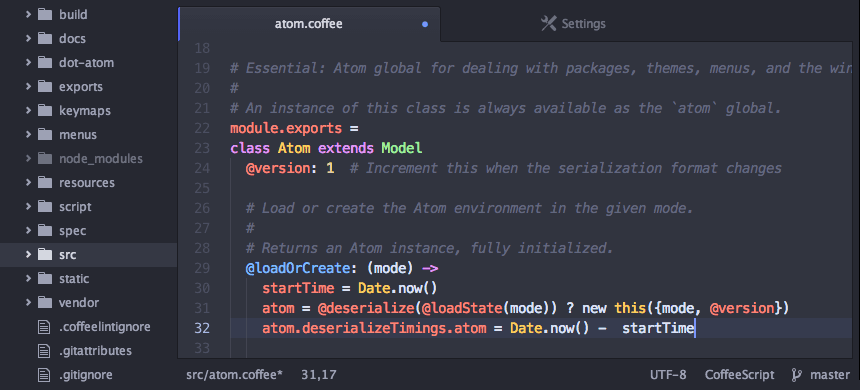

- #MACVIM YANK ACROSS WINDOWS LICENSE#
- #MACVIM YANK ACROSS WINDOWS PROFESSIONAL#
- #MACVIM YANK ACROSS WINDOWS WINDOWS#
On an emotional and professional level, I can’t really afford that. “Since then it’s become a question of ‘code speed.’ If I start with a new IDE or even switch to something like Emacs, I’ll slow down.
#MACVIM YANK ACROSS WINDOWS LICENSE#
“The reason I avoided IDEs to begin with was that back when I was getting into Vim, like a decade ago, it was an extra license to look into,” says Vim user John Carter (not of Mars). It’s the same reason I am still using Notepad to compose and not some fancy text editor or CMS tool. As my father would attest, using his Microsoft Zune long after its support ran out, if it ain’t broke… While there are many IDEs on the market, there’s no reason to use one if you don’t have to use one. The consensus among many Vim/Emacs users creates a picture many tech users from a certain generation would be familiar with. Vim and Emacs users, once at each other’s throats, seem to have implemented each other’s keybindings (a thing they actually do) to take on a common enemy - any modern IDE. It’s less a war at this point than a grumbling shuffle of ingrained habit and stubborn resistance to change. The endless war between Vim and Emacs users has continued ad nauseam over the years. And, though we hate to say it, both have reached a point where neither seems to really want to fade off into the sunset. Both are used in coding, editing, and administering systems. Emacs, as we well know, is a “maze of twisty little passages, all different,” (an old programmer’s joke that came from the game Colossal Cave Adventure) while Vim (and Vi before it) offers an arrow-controlled universe of keyboard shortcuts.

The origins of this war harken back to Usenet groups in the 1980s, a time when Vi and Emacs were the primary tools used for coding. We love what we grew up with, be it Star Trek jokes, Vim, or Emacs. Like a dog refusing to walk on wet grass, there always seemed to be a bit of resistance to changing up a routine. Nelstrom's answer is quite comprehensive and reflects his brilliant contributions to vimdom.Developers are a finicky bunch. (Take a look at this git commit and this vim developers google group discussion for more information on cdo and the motivations behind adding it.) Solution 3 :Qargs | argdo %s/findme/replacement/gc | updateĬdo command has now been added! After you grep, you can use cdo to execute the given command to each term in your quickfix list:

Or you could join the last 3 commands together in a single line: :Ggrep findme Using this, you could follow these steps to do a project-wide search and replace: :Ggrep findme Let buffer_numbers] = bufname(quickfix_item) " Building a hash ensures we get each buffer only once Running this command populates the argument list with all of the files listed in the quickfix list: command! -nargs=0 -bar Qargs execute 'args '. I've adapted Al's solution to create a command called Qargs. I'm not sure if the QFDo command referenced above follows the same conventions. For example, if the current file can't be abandoned, then all of these commands will fail. The bufdo, windo, tabdo and argdo commands have some common behaviour. Using this, it would be possible to run: :QFDo %s/foo/bar/gcĪnd that would run the foo/bar substitution on all files in the quickfix list. Sadly, that functionality is lacking from Vim, but here's a solution by Al that provides a home-rolled solution. What we really need is something like quickfixdo, which would invoke a command on every file in the quickfix list.
#MACVIM YANK ACROSS WINDOWS WINDOWS#
Vim has bufdo, windo, tabdo and argdo, which let you perform the same command in all open buffers, windows or files in the argument list.


 0 kommentar(er)
0 kommentar(er)
